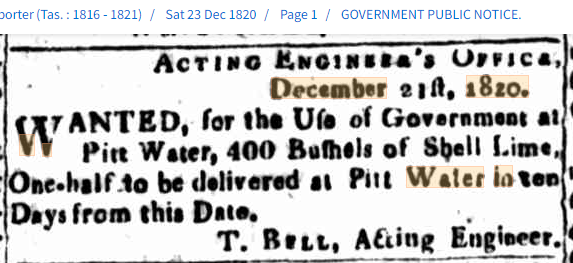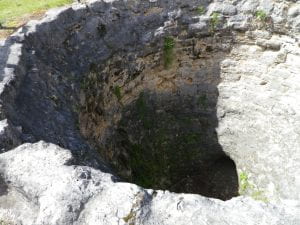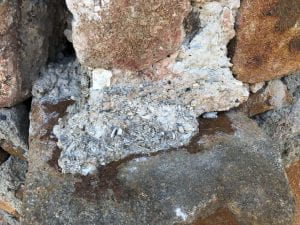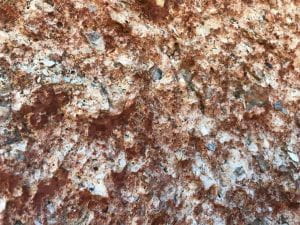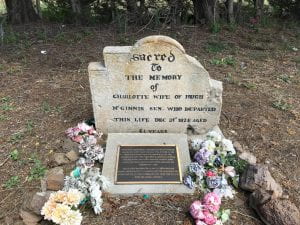
The Tasmanian Family History Society Inc. has transcribed and photographed headstones of 800+ cemeteries in Tasmania and much of this information can be found in TAMIOT. Here is a list of the CDROMs available for purchase – I use mine on my desktop using Windows 10 without any problems.
Hobart Branch put together the series of three CDROMs of all the cemeteries in the Sorell District in 2004. The information on the CDROMs is not necessarily found on the internet. For each cemetery, they include a description, plan of the graves as well as names on the graves. Most also have images of the gravestones with a transcription and plot number. Many of these cemeteries have had further burials since 2004 when the CDROMs were created.
The One-Place Studies group often do statistical posts so I thought I might do one today about the local cemeteries with information gained from the CDROMs.
| Name of Cemetery | No. of graves | Earliest grave | Most common surnames |
| Carlton River Congregational | 20 | 1838 Henry Morriss | Dodge, Steele, Thorne |
| Copping General | 359 | 1884 Sarah Copping | Allanby, Alomes, Brown, Burdon, Copping, Dransfield, Franklin, Gillie, Jacobson, Kingston, Richardson, Swan, White, Woolley |
| Dunalley General | 264 |
1870 John Clark 1870 Emma Lester |
Bird, Button, Fazackerley, Hildyard, Hyatt, Murphy, Rattenbury, Spaulding, Wiggins |
| Forcett – Lewisham | 199 | 1876 Charlotte Jones | Alomes, Clark, Dodge, Gangell, Long, Reardon, Rollings, Young |
| Marion Bay at Bream Creek | 55 | 1852 Ann Dunbabin 1852 Louisa Ann Kingston | Dunbabin, Kingston |
| Henry Street, Sorell | 446 ** | 1828 Charlotte McGinniss | Allanby, Bellette, Duncombe, Featherstone, Gatehouse, Hayton, Newitt |
| Scots Uniting, Sorell | 89 ** | 1847 Hugh Taylor Denholm | Denholm, Hean |
| St Thomas, Sorell | 124 ** | 1865 Thomas Wright | Bresnehan, Butterworth, French, Montgomery, Wells |
| St Georges, Sorell | 718** ## | 1829 Elizabeth and Susannah Walker – sisters | Bellette, Bidgood, Braithwaite, Davis, Featherstone, Jones, Kean, Newitt, Peacock, Phillips, Reardon, Schofield, Walker, Wiggins |
** Some women mentioned twice with both maiden and married name.
## Also includes memorials
Many of the cemeteries also had plots with unknown names and dates due to deterioration of headstones.
Readers: Do you know of a relative buried in one of these cemeteries earlier than that mentioned on the CDROMs?
